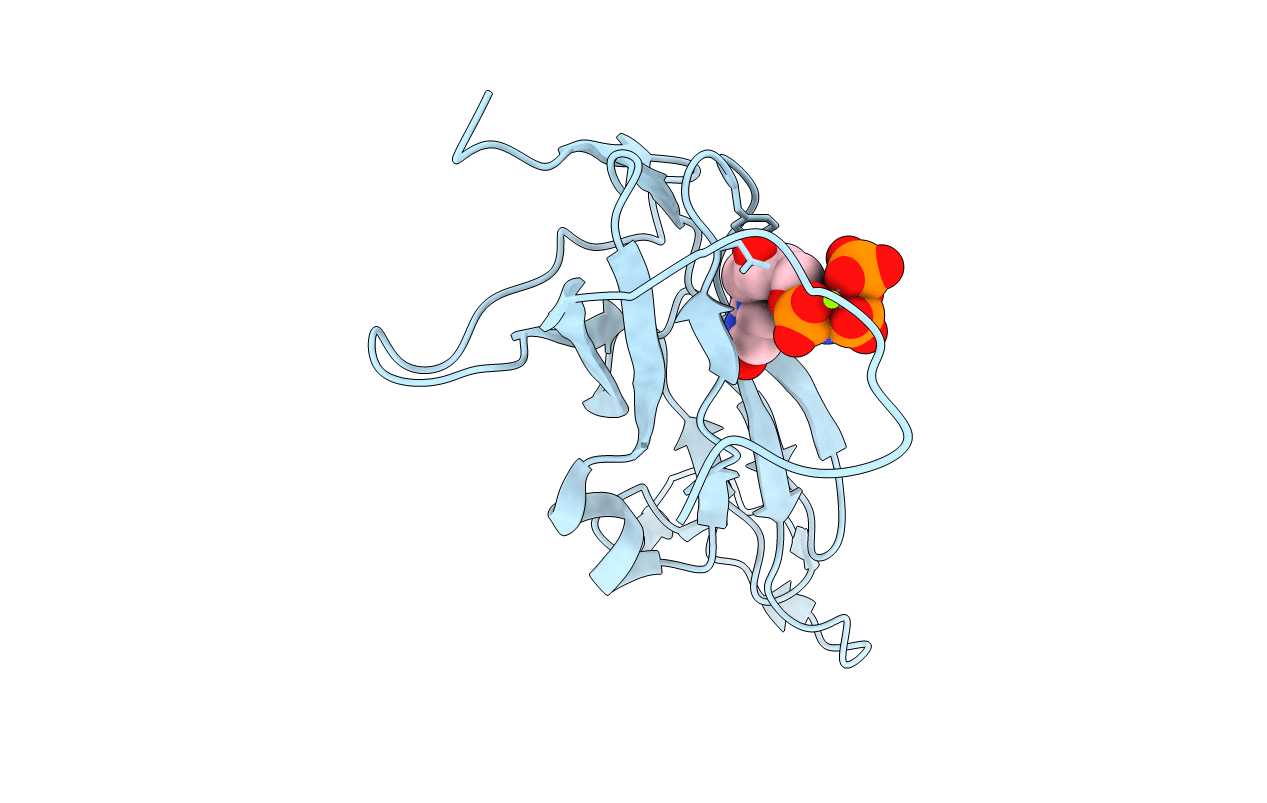
Deposition Date
2017-05-12
Release Date
2017-09-20
Last Version Date
2024-01-17
Entry Detail
PDB ID:
5NZ2
Keywords:
Title:
Twist and induce: Dissecting the link between the enzymatic activity and the SaPI inducing capacity of the phage 80 dUTPase. D95E mutant from dUTPase 80alpha phage.
Biological Source:
Source Organism:
Staphylococcus phage 80alpha (Taxon ID: 53369)
Host Organism:
Method Details:
Experimental Method:
Resolution:
2.85 Å
R-Value Free:
0.27
R-Value Work:
0.22
R-Value Observed:
0.23
Space Group:
P 21 3


